
Positive identification is assured
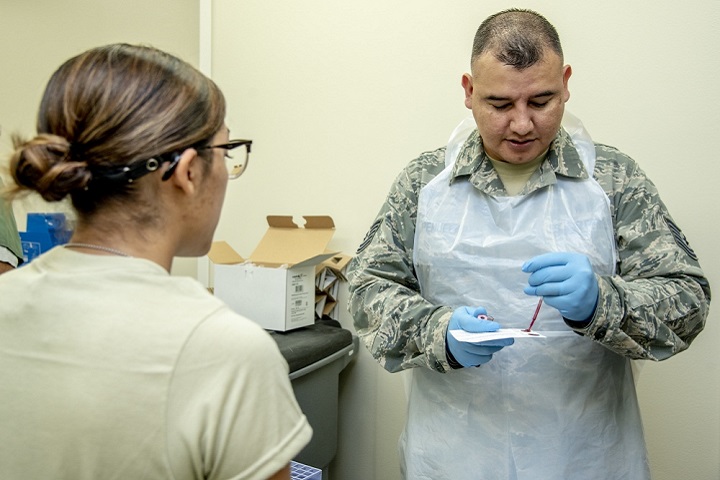
Air Force Tech. Sgt. Ricky Penuelaz, 59th Medical Wing lab technician, uses a pipette to put blood on an Air Force trainee’s DNA card. The Armed Forces Medical Examiner System-Armed Forces Repository of Specimen Samples of the Identification of Remains inspected Lackland Air Force Base, Texas, on the collection of DNA cards. AFMES-AFRSSIR is responsible for managing, coordinating and maintaining the collection of DNA blood reference cards for all active duty, reserve, and National Guard service members. This is done when service members first enter the military and is collected at one of nine basic training sites, dependent on their branch of service. (U.S. Air Force photo by Staff Sgt. Nicole Leidholm)
DOVER AIR FORCE BASE, Del. – The Armed Forces Repository of Specimen Samples of the Identification of Remains inspected Lackland Air Force Base, Texas, on the collection of DNA cards November 8, 2018.
The AFRSSIR is responsible for managing, coordinating and maintaining the collection of DNA blood reference cards for all active duty, reserve, and National Guard service members. This is done when service members first enter the military and is collected at one of nine basic training sites, dependent on their branch of service.
“The DNA cards are used when we receive remains of our fallen that cannot be identified in a more traditional way we will be able to pull that individual’s DNA card and positively identify them,” said Brenda Waite, AFRSSIR administrative officer. “This helps families and loved ones get the closure they need and it gets our fallen members home to where they belong.”
In 1992, the AFRSSIR was established to aid in the identification of remains and started with 10,000 collections at Fort Knox, Kentucky.
“These inspections teach personnel at the sites the proper way of storing materials, advising recruits about the cards and allow the lab technicians to know their work is being performed correctly,” said Waite. “If we did not have these sites performing the process properly we would lose the capability of identifying our fallen as quickly and accurately.”
Waite typically performs inspections at each collection site every three to five years, but says if she continually has concerns with a site, she will visit them every six months to a year until corrected.
“I make sure the site has the proper instructions, regulations and Department of Defense Instructions available,” said Waite. “I also make sure they are storing and using the DNA cards, pouches and desiccants properly.”
Waite ensures the recruits have been briefed on the Privacy Act located on the card prior to signing it, makes sure lab personnel are placing enough of the donor’s blood on the cards, that the cards are being placed in the drying racks properly to avoid cross contamination and that the cards are being properly dried prior to shipping.
“I also answer any questions that personnel may have about the process and give suggestions about a process change, if needed, or let them know of a technique I experienced elsewhere at a different site that may work better,” said Waite.
During each inspection, Waite tries to help the service branches better collect samples by providing ways to improve on the process after seeing how other collection sites process the DNA cards.
“If I see that a site has tweaked a process to help them move along quicker and more efficient, I will take that tweak with me and suggest it to other sites that may be struggling in the same area,” said Waite.
To date, more than 7.8 million DNA blood reference cards have been accessioned into the AFRSSIR and approximately 225 thousand new DNA reference cards are collected and accessioned yearly.
“The goal of the DNA cards is to never have an ‘unknown soldier’ or unknown military member ever again,” said Dr. Tim McMahon, AFMES DoD DNA Operations director. “The cards helped to identify over 800 service members during Operation Iraqi Freedom and Operation Enduring Freedom that could not be identified by fingerprint or dental analysis. These are very important cards because they are a direct reference to the unknown service member, and DNA identification is useless without a DNA reference.”
Disclaimer: Re-published content may have been edited for length and clarity. Read original post.
AFMES participates in 'Safe and Sound' week
Article
8/27/2018
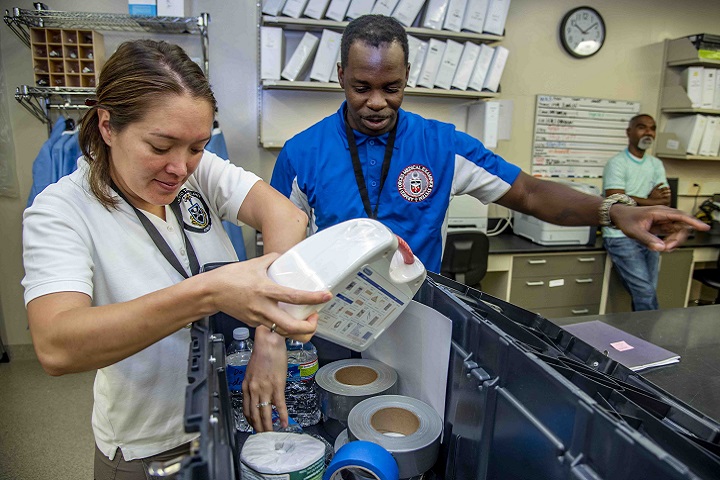
Safe and Sound Week is a nationwide campaign to raise awareness and understanding of safety and health programs within the workplace
AFMES DoD DNA Operations Fact Sheet 2018
Fact Sheet
8/22/2018
This Fact Sheet describes the purpose of the Armed Forces Medical Examiner System's Department of Defense DNA Operations
AFMES DoD DNA Lab receives perfect score
Article
8/6/2018
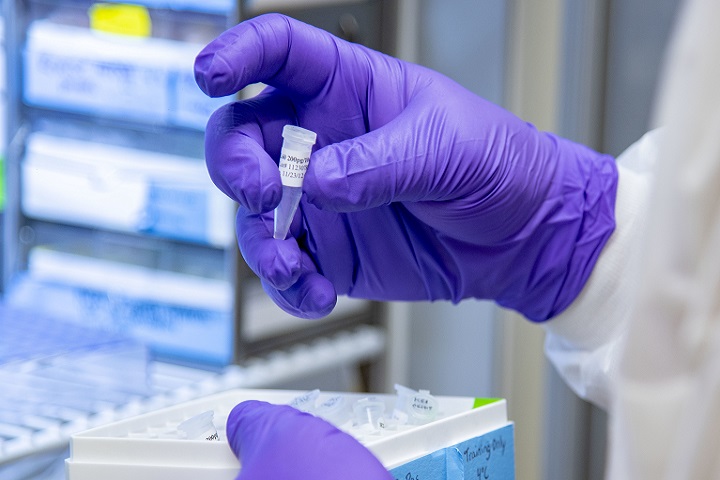
This was the first time AFDIL has received zero findings during a quality assessment
AFMES embraces resiliency
Article
7/9/2018

AFMES town hall focused on workplace and summer safety, security awareness and resiliency
AFMES DNA FAQs 2018
Fact Sheet
6/27/2018
This Fact Sheet describes the purpose of the Armed Forces Medical Examiner System's Armed Forces DNA Identification Laboratory.
AFMES Fact Sheet 2018
Fact Sheet
6/7/2018
This Fact Sheet describes the purpose of the Armed Forces Medical Examiner System.
AFMES DNA lab helps identify the fallen of past conflicts
Article
5/30/2018

DNA can be used to support anthropology of recovered skeletal remains or be used as primary means of identification
AFMES participates in Operation Joint Recovery, introduces MACRMS
Article
3/20/2018
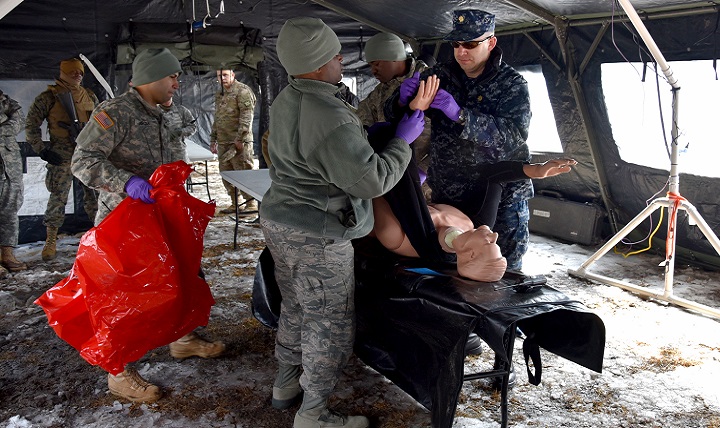
AFMES primary role in the exercise was to familiarize participants in contaminated remains recovery
Earthquake shakes Dover Air Force Base
Article
12/1/2017

On November 30, 2017, a magnitude 4.1 earthquake occurred six miles northeast of Dover, Delaware
Commentary: Medicolegal death investigations from a federal viewpoint
Article
11/24/2017
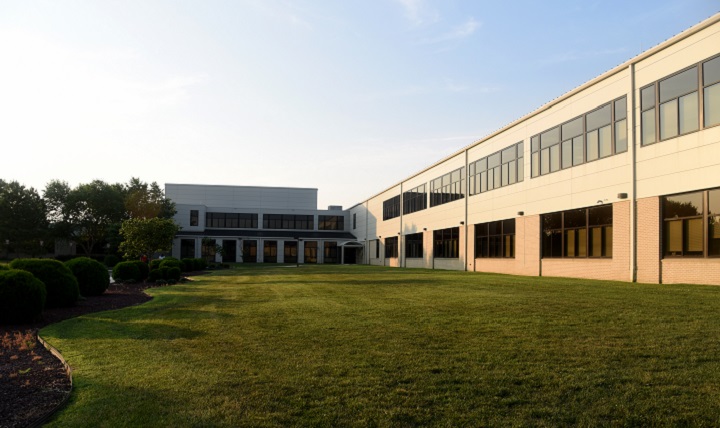
Investigators at AFMES face unique challenges inherent to the military structure and area of responsibility
DPAA accounts for 183 missing service members in fiscal year 2017
Article
10/27/2017
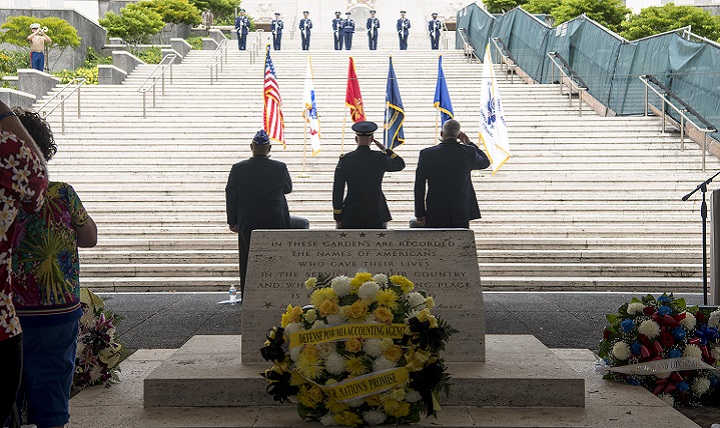
DPAA works closely with the Armed Forces Medical Examiner System and the Armed Forces DNA Identification Laboratory, part of the Research and Development Directorate of the Military Health System
AFMES, helping bring loved ones home one FRS at a time
Article
4/7/2017
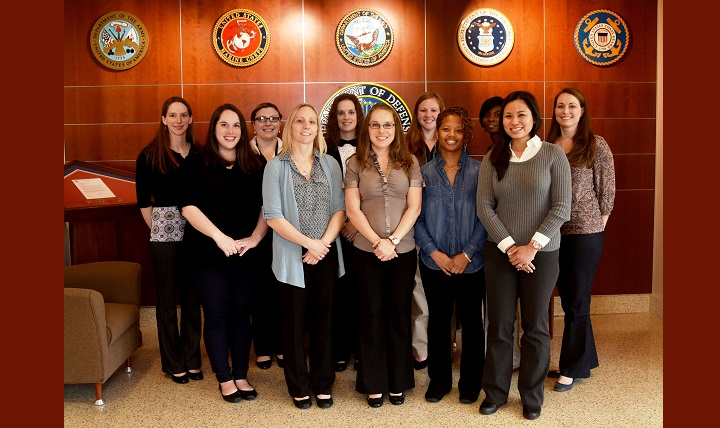
The Family Reference Sample-Laboratory Automation group was established in October 2016
AFMES participates in AAFS
Article
2/21/2017
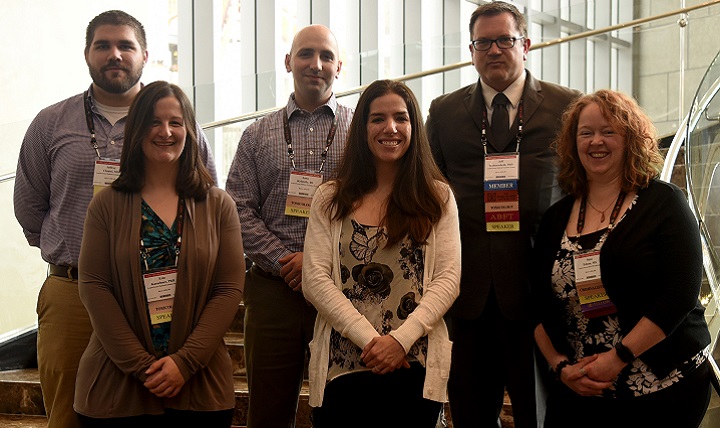
More than 12 personnel from the Armed Forces Medical Examiner System on Dover Air Force Base, Delaware, participated in the American Academy of Forensic Sciences’ 69th Annual Scientific Meeting February 13-18
The Department of Defense's watchdog
Article
2/7/2017

The Special Forensic Toxicology Drug Testing Laboratory is one of three DoD laboratories certified to test for synthetic cannabinoids, or Spice drugs
Science, Ancestry and Identity: What I learned from following my DNA
Article
1/6/2017
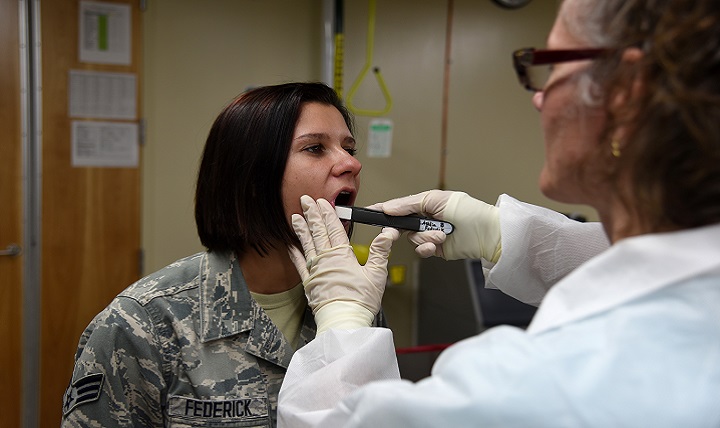
DNA can be used to provide closure to families of the missing





















.png)









No hay comentarios:
Publicar un comentario